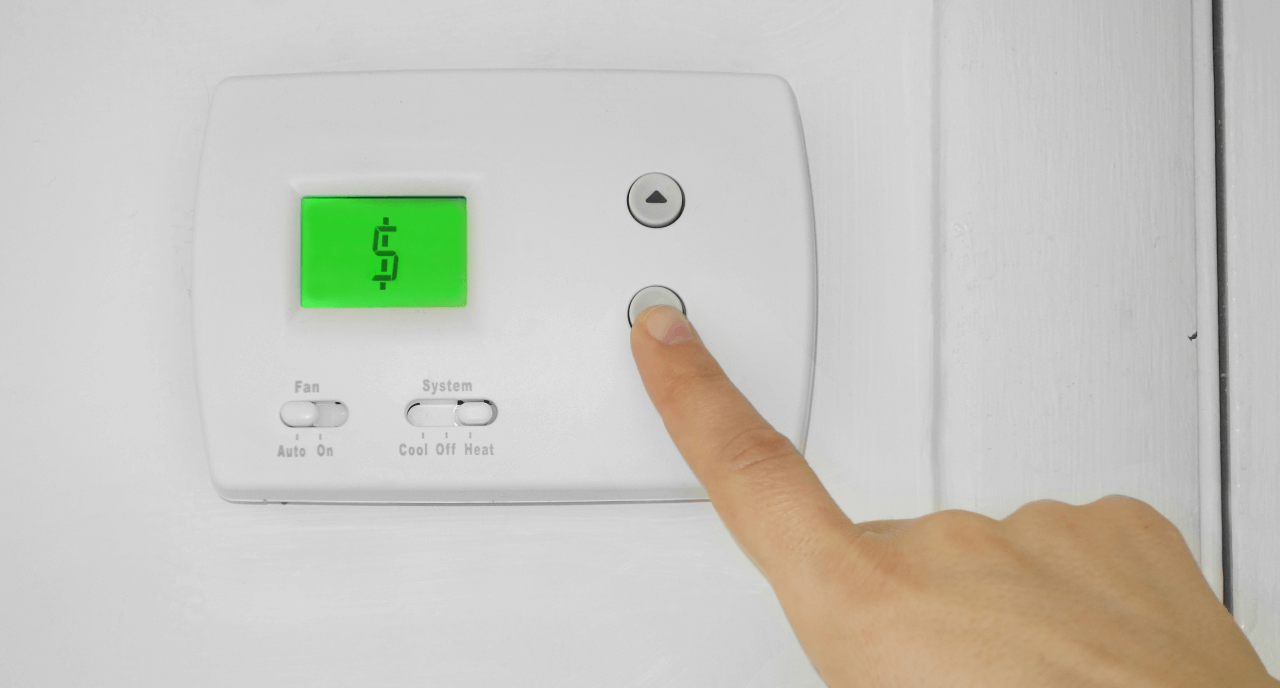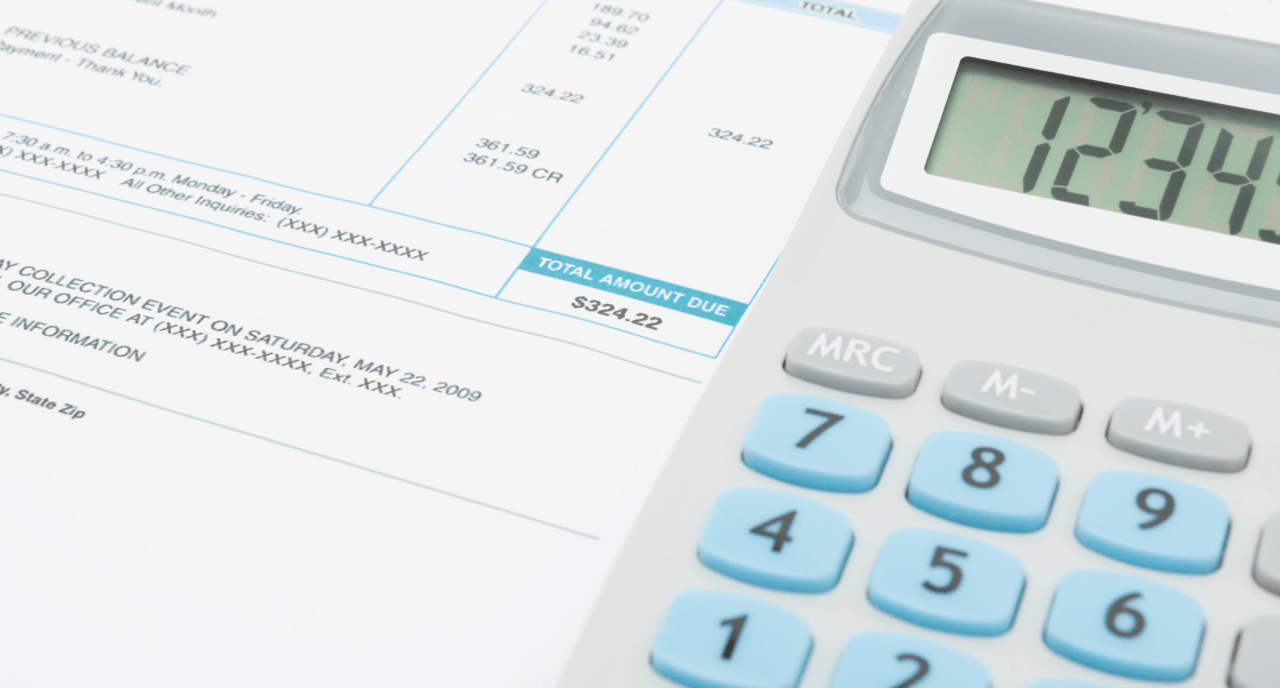How Much Does Your Energy Cost You?
How Much Does Your Energy Cost You?
And where does your power come from?
And where does your power come from?
Last edited May 10th, 2022

How is Power Made?
Power needs to be generated. Remember Issac Newton from history class? Turns out he was pretty smart, and we can't just poof! make power out of thin air. Power can be generated in a number of ways, but the majority of the power you use on a daily basis comes from burning fossil fuels.
Here’s how it works: the heat from burning the fossil fuels heats up water which spins a turbine. Attached to the end of that turbine is a bunch of magnets and when the magnets are spinning inside a generator mechanical energy is turned into electric energy—which, you guessed it, creates electricity.
So Then Where Does it Go?
At this point the electricity you need to make your morning toast has been generated, but it is hundreds of miles away and it needs to go somewhere. That electricity is then transmitted over miles and miles of power lines, but each mile traveled takes energy, too. To help the energy make it to you it goes through these things called transformers which amplifies the voltage of the electricity to make it strong enough to complete the journey to its destination.
We’re getting closer. The voltage of a normal home outlet is 110 volts, but the electricity flowing through these lines is sometimes as high as 765,000 volts. That much power might just burn your toast. That’s where substations come into play. Substations step down the power, and then transformers take it the rest of the way down to normal, usable levels so your toaster doesn’t blow up your house. Phew. That was a ton of work.
Everyone Takes a Piece
Each of these steps involves people, processes, expensive equipment, maintenance, and oversight. Every step costs money. Building complex power generation and transmitting systems is expensive and complicated.
The corporations who own all the complicated equipment and maintain the thousands of miles of power lines want to get paid. Shareholders who invested their money into these massive power companies want to get paid. They have a pretty good gig going.
Let’s take a look at the details of your power bill and see how they collect their money.

Your Power Bill
We can see on our bill there is a section for “Generation Charges.” That is money going to the people who buy all the coal and own the machinery, turbines, and generators that produce the power. They need their cut.
The “Distribution Charges” section is for all the work involved with getting the power that was made in that power plant hundreds of miles away to your home. We need to pay for towers, wires, substations, maintenance, transformers, more wires, and of course, shareholder profits and bonuses for the executives that helped pick out the colors for the transformer boxes.
Lastly, “Usage Charges” are going to be the biggest chunk and also the most confusing. Depending on what time of day you are using your washing machine, you might be billed a different rate for that load of laundry. If you do your wash during “Peak Hours” you might end up paying upwards of 20% more to get those socks clean.
Tricky Tiered Rates
In addition to time of day pricing tiers, there’s also tiers based on total consumption. Many companies offer “teaser rates.” If you fall within a specific total usage range you get the special rate, but if you are above or below that range you get hit with rates that are sometimes up to 200% higher.
If this fall is unseasonably warm and everyone is still cranking their A/C through November and the power companies have failed to establish contingency plans to help you keep your power on, it's likely that if you are able to keep the lights on the rates will be astronomically high.
Key takeaway: those who generate the power have all the power.
Life is Simpler with Solar
Whether you choose to make the switch with solar by paying cash, utilizing a solar loan, or signing a solar lease or power purchase agreement your solar payment will be as steady as a beating drum. No unplanned rate hikes. No transmission fees. No peak hour charges. Just beautifully clean energy at a predictable, unchanging rate.
The Bright Side
Switching to solar with Lumio can simplify your power bill and your life.
- You create your own power on your roof which means no generation or transmission charges
- There are zero maintenance charges
- You will never pay more based on the time of day, or month of the year
- Generating revenue for Big Energy’s shareholder profits is no longer your responsibility
- Your house will look great
- The power you use will come from the sun
- Your energy costs will be consistent and predictable
You don’t need to live in fear of what you can’t control. Gain independence and take the first step to create your own personal power with Lumio.
Ready to see if Lumio is right for you? Our teams are standing by to help. Switch to solar today!
